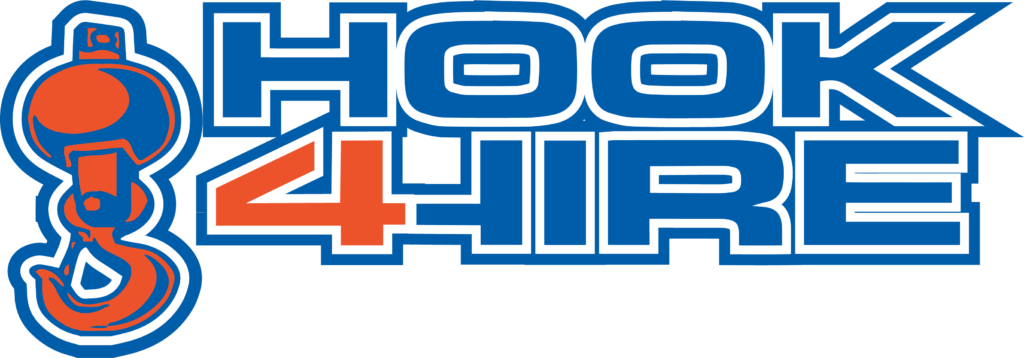If you have a major construction project coming up, part of your responsibility is to gather the best equipment for the job. Cranes play a critical part in the progress of your project because virtually all construction projects require the lifting, transporting, or transportation of heavy goods.
Selecting which crane is best suited for your needs can be a very thorough process, given the vast array of possibilities available. This equipment comes in a wide range of sizes and shapes, each suited for a specific task or use.
There are a few things to keep in mind when selecting a crane. Learn about them in the sections below.
The Dimensions of the Materials That Need Lifting
Cranes come in a variety of sizes, capacities, and features. Understanding what crane is required for your project will assist you in selecting the equipment that will best meet your needs and will help you rapidly narrow down your selections.
It’s usually ideal to get help from a local crane specialist to thoroughly grasp the capabilities of the crane you’re interested in renting or buying.
This service is free, and they may assist you in sizing the crane that is best suited for your needs. Your representative will assist you in reviewing numerous load charts to better understand the crane’s capabilities, structural strengths, and dimensions.
The manufacturer’s charts will provide you with the machine’s exact specifications and measurements. These graphs can help you figure out how much lift you can get inside a particular radius.
Getting the right measurements will help you avoid buying a crane with insufficient capacity and ensure that it will fit into your job site without causing any problems.
The Mode of Transportation
The subject of how the equipment will be delivered may be disregarded at first, but it is a crucial factor to address. Cranes can be categorized as mobile, rough terrain/crawler, or tower—each with its own set of transportation options.
In the transport of cranes and heavy equipment, city and state rules all play a role. The crane may take what appears to be an indirect route due to the permission routing.
Doing this prevents accidents or other traffic concerns such as road construction by avoiding a low capacity or low clearance bridge or a route that is insufficient for huge loads or trailers.
The Construction Site’s Conditions
The state and terrain of the construction site can have an impact on the crane you should choose. Understanding the weather, the spatial limits of your site, and the ground conditions will help you determine which equipment will best assist you in achieving your objectives.
Rough terrain cranes are more suited to off-road construction sites than all-terrain cranes because they are better equipped to deal with difficult ground conditions.
The type of equipment you’ll need depends on how much movement you’ll need. A mini-crane may be the best option if your project requires flexibility and precision delivery in confined locations.
Conclusion
Selecting the right crane for the job needs some preliminary planning and preparation. This is necessary because it ensures that your construction site is safe for workers and the general public. This process of careful consideration also helps you cut costs and poor performance.
If you need crane rentals for your new project, Hook4Hire is a reliable provider of efficient and top-quality cranes. Our equipment rentals are designed to easily cover long distances and ensure project completion within the given time. Contact us today to get a quote!
